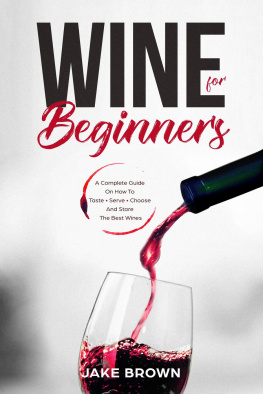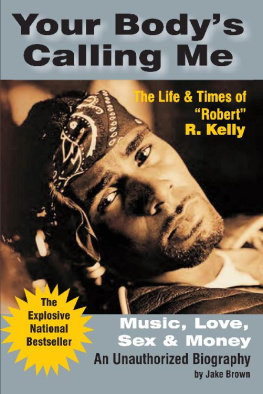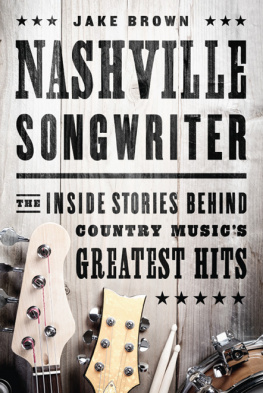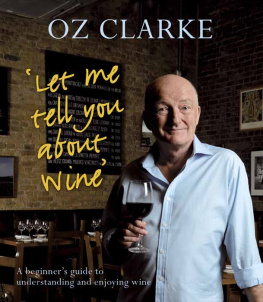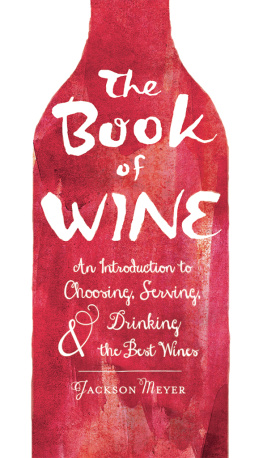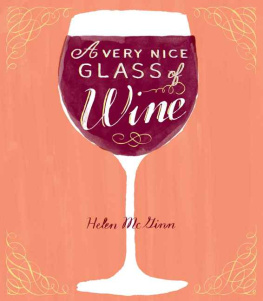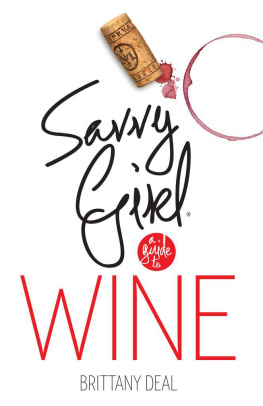Wine For Beginners
A Complete Guide On How To Taste, Serve, Choose And Store The Best Wines
TABLE OF CONTENTS
Copyright 2018 by Jake Brown - All rights reserved.
The follow eBook is reproduced below with the goal of providing information that is as accurate and reliable as possible. Regardless, purchasing this eBook can be seen as consent to the fact that both the publisher and the author of this book are in no way experts on the topics discussed within and that any recommendations or suggestions that are made herein are for entertainment purposes only. Professionals should be consulted as needed prior to undertaking any of the action endorsed herein.
This declaration is deemed fair and valid by both the American Bar Association and the Committee of Publishers Association and is legally binding throughout the United States.
Furthermore, the transmission, duplication or reproduction of any of the following work including specific information will be considered an illegal act irrespective of if it is done electronically or in print. This extends to creating a secondary or tertiary copy of the work or a recorded copy and is only allowed with express written consent from the Publisher. All additional right reserved.
The information in the following pages is broadly considered to be a truthful and accurate account of facts and as such any inattention, use or misuse of the information in question by the reader will render any resulting actions solely under their purview. There are no scenarios in which the publisher or the original author of this work can be in any fashion deemed liable for any hardship or damages that may befall them after undertaking information described herein.
Additionally, the information in the following pages is intended only for informational purposes and should thus be thought of as universal. As befitting its nature, it is presented without assurance regarding its prolonged validity or interim quality. Trademarks that are mentioned are done without written consent and can in no way be considered an endorsement from the trademark holder.
T he history of wine making and drinking goes back several thousands of years. Early civilizations discovered the process of fermentation. The exact date remains unknown. It is known, however, that by 7,000 B.C. cultivated vines were growing in the region of Mount Ararat and in Asia Minor. Successive civilizations continued to develop on the process of growing and making and storing wine. Irrigation systems created by the Sumerians around 3500 B.C. helped water the vineyards of Mesopotamia and other arid lands. The Assyrians, The Babylonians and the Egyptians continued the trend.
Although the Egyptians preferred beer, the upper echelons drank wine. The pyramidal tombs in both the Valley of the Kings and the Valley of the Nobles contain wall hieroglyphics depicting the growing and the harvesting of grapes as well as the making of wine. The Egyptians were also the first to label the wine vats, sealed against the negative effects of air.
The Greeks were the first to begin categorizing the different types of grapes. Authors recorded such things as techniques and tools. In fact, the Greeks invented the pruning knife. They also developed wine containers amphorae, of clay to act as storage vessels. The Romans took the Greeks inventions and techniques developing them further.
Between 750 and 450 B. C., the Romans refined wine growing techniques and processes. Pruning, fertilization and reduction of acidity owe much to the Romans. Pliny the Elder recorded much of the Roman farmers practices in this field of agriculture. He classified grapes and recorded the terminology for future generations. The Romans are also responsible for spreading wine culture throughout their empire. Soon, the provinces of Hispania (Spain), Gaul (France) and Germania (Germany) to name a few, were growing grapes for wine making. Even England was learning about wine making. The Roman legions stationed there would trade wine for woolen cloaks and cloth.
Between 500 A.D. and 1400 A.D., the Christian Church began to seriously cultivate land for their own purposes. They needed sacramental wine. Monasteries oversaw large segments of land devoted to growing grapes. Monks made basic vintages, but they also began to experiment, improving upon a basic product. They recorded their work for posterity.
During this period, wine and other spirits were common beverages. Water was not always potable. Wine usually was. Some countries, however, could not grow grapes or produce wine. As a result, trade increased between the haves and the have-nots. The result was a lucrative trade around the European world. Wars arose, some based on cornering and/or controlling the market on the wine-trade.
The Italian Renaissance (15th century) introduced further developments. Wine was refined. It was becoming a culture unto itself. Vineyards flourished and new techniques continued to grow in proportion to the expansion of area devoted to this crop. The wine trade continued to be lucrative. In Elizabethan times (16th century), the Lord who had the rights to the wine trade was indeed a wealthy man. Dom Perignon, a 17th century Benedictine Monk, refined the art of wine making. He did not discover champagne, but he made it his own.
The colonization of the New World and other countries such as Africa, Australia, spread the concepts of wine making and growing still further. Regions throughout the world began to experiment in growing grapes. Some met with greater success than others did. During the periods following the Industrial Revolution and the First Great War, the New World Wines began to make inroads. The concepts of cheap wine and the need to classify, label and authenticate wine began to evolve.
Today, quality wine growing and cheaper wines both flourish. Each has their own market. Some wines are only for those who truly know their product. The current situation embraces all levels of quality. There are wines for connoisseurs as well as jug wine. You can purchase wine in a bag or in a bottle. The label may bear the name of an ancient and respected vintner. The bottle could also be labeled with a cute little animal. Wine may be fashionable, international and still be unpalatable. It can be local and delectable. Sometimes, this is a matter of taste; sometimes, it is simply a question of education.
This book will act as a guide to help you exchange your Newbie status for that of a more refined one. It will not make you an expert and certainly not an oenophile. That is something that requires years of tasting and practice. Yet, even the experts had to start somewhere on what can be a very pleasurable journey. In this book, we will start with the basics, including the answer to that oh so important questions, what is wine?
Next page
